Like the Leica M series or the Fujifilm X100 series, the Ricoh GR series of cameras has always engaged a most loyal cult following, drawn to a camera powered by a APSC sensor in a truly pocketable size made more attractive by some of the most beautiful black and white renderings.

Ricoh GR II (2015)
Now 4 years after the release of the GR II, which was essentially the 1st generation GR camera with an extra wifi chip (the browser based interface was poorly implemented too) , Ricoh has finally released a true upgrade for the street shooters in the the GR III and I shall share the 5 most compelling reasons for this (advertised by Ricoh) new King of snap-shooters.
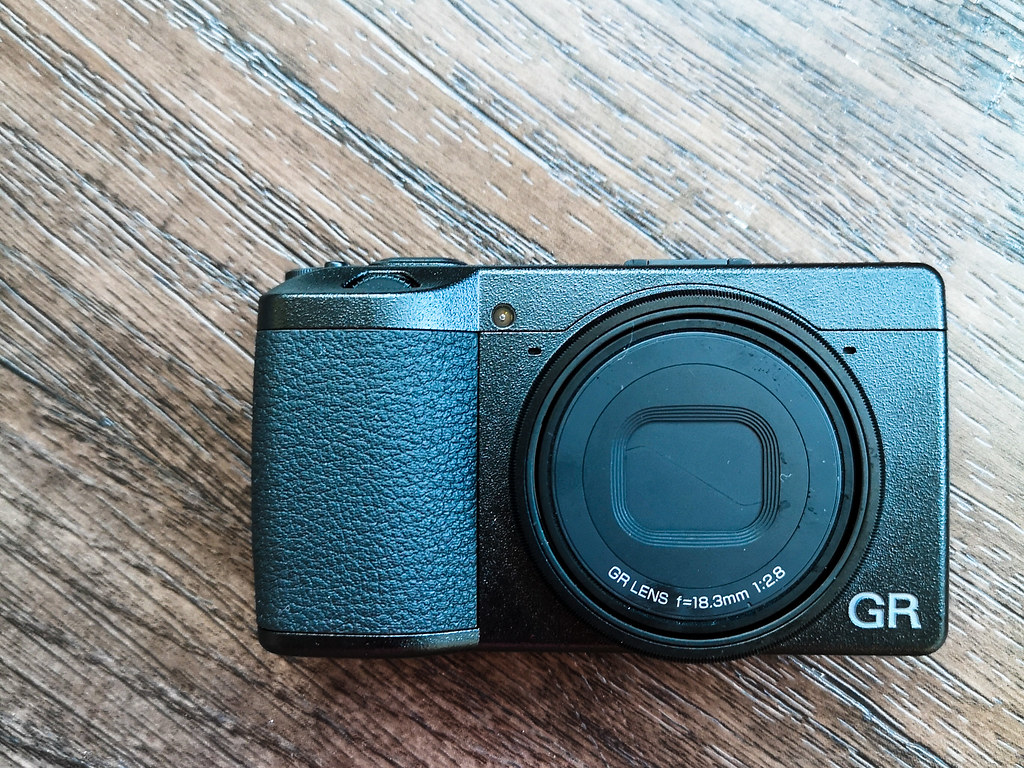
the Ricoh GR III in 2019
*This not going to be a spec based writeup like the reviews you can find copied and pasted around the other sites, and if you wish to read the full specs, pls visit the official site here.
1. An upgraded APS-C (23.5mm x 15.6mm) sensor and imaging processor with 24.23 Megapixels with an overhauled AF system.
With the new higher performance GR Engine 6, still images can be recorded either as JPEGs or 14-bit RAW files (GR II had 12-bit RAWs), you get 1080p video recording at 60fps (no, there’s no 4K) and the nice implementation of an innovative anti-aliasing simulator instead of an optical one.
For the 1st time in the series, the GR III uses a contrast and phase-detection Hybrid AF system. The focus modes include Auto-area AF, Zone AF, Select AF, Pinpoint AF, Tracking AF, Continuous AF, Manual Focus, and the GR’s lovely Snap mode (can be changed to focus at either 1m, 1.5m, 2.5m, 5m or Infinity) and Infinity.
In my usage, the significant improvement in autofocus reliability and speed alone makes the single most compelling reason for the GR III, allowing an otherwise aged system to catch up with the modern competitors like the Fujifilm X100F, Sony RX1r2 or Leica Q2 etc. (note that all these other choices are close to at least 2 to 6 times the price of the GR III)
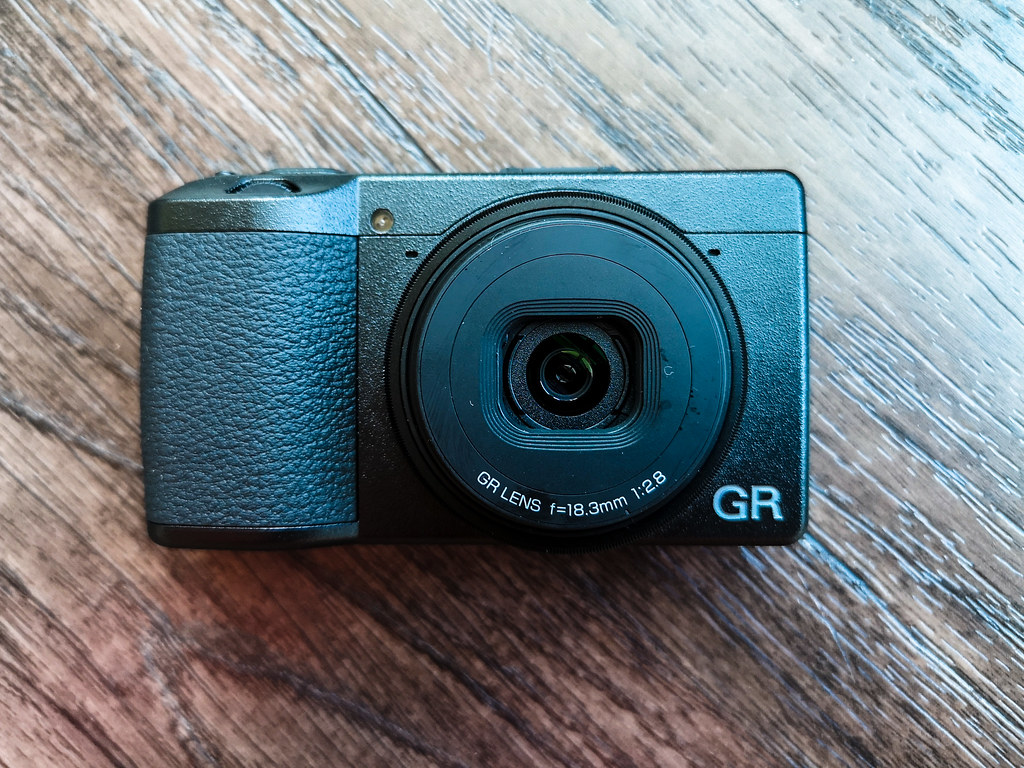
2. A rebuilt 28mm fixed focal length lens with six optical elements in four groups, this new lens setup features the same fast maximum aperture of f/2.8, but for the first time, a 3-axis image stabilisation system and a madly short minimum focusing distance of 10 cm. Throw in a built-in manually adjustable ND (neutral density) filter for good measure and one really gets a very complete do-it-all optical setup.
The built-in flash has been removed (sad), but Ricoh explains that with the 3-axis image stabilisation system and higher wider ISO range now (100-102400), slow shutter speeds and low light shots are compensated with the help of its Shake Reduction System (Ricoh’s name for its image stabilisation system)
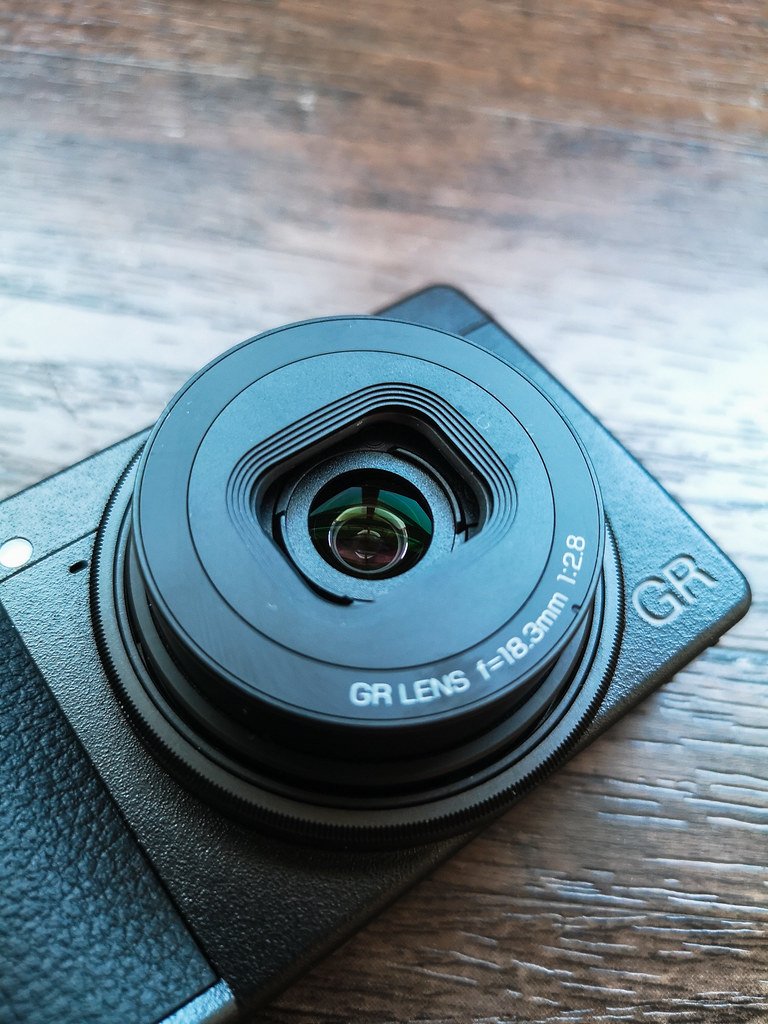
3. The compactness of the GR has been further strengthened with the Ricoh GR III at an even smaller size now, measuring 109.4m x 61.9 x 33.2mm, but surprisingly slightly heavier at 6 grams extra, weighing 227g without the battery or SD card. Battery life has dropped, to now a minuscule 200 shots per charge so please get spares.
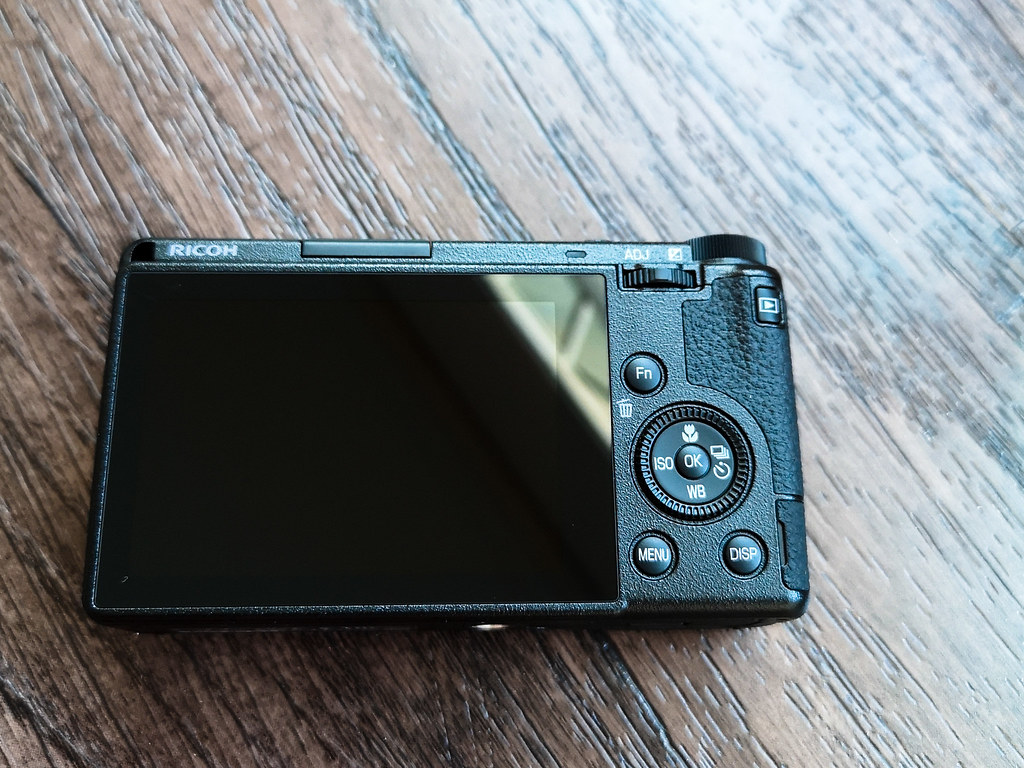
One gets a very well built camera with a magnesium alloy chassis, wifi and bluetooth connections capability and a touch-screen. There is now a modern USB-C connector for power charging and transfer which is really welcome.
*note: as of 17 Mar, I have not been able to get the wifi transfer of images to work with the app. Anyone who have gotten it to work pls kindly teach me too.
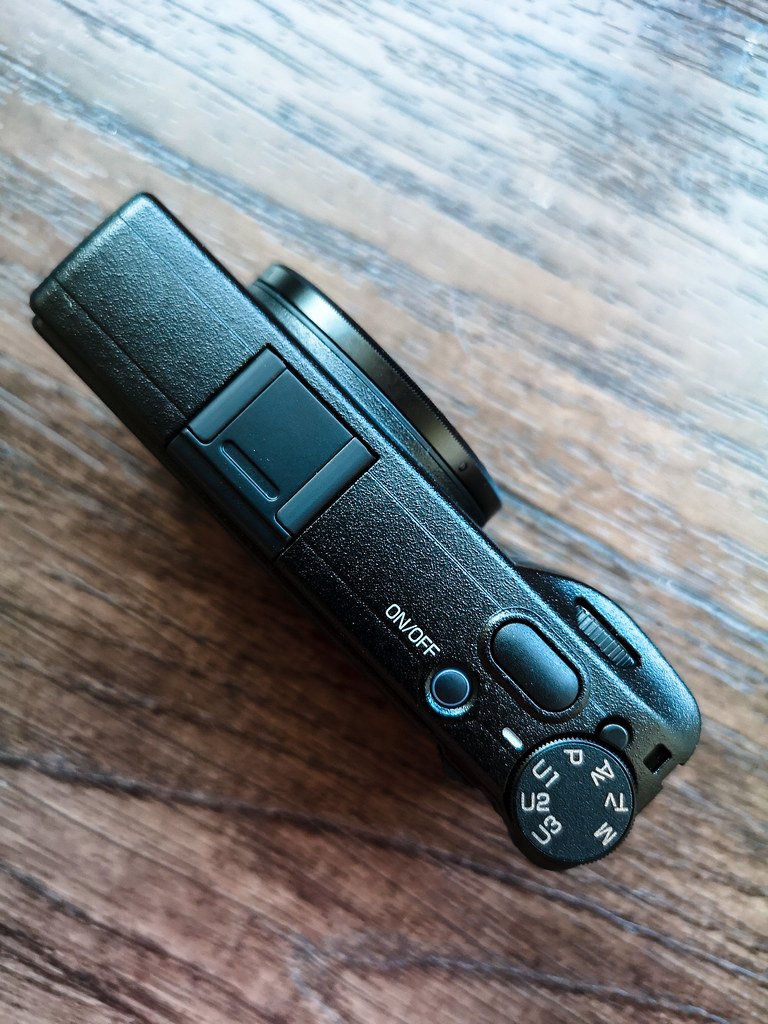
4. Controls and the Customisable ADJ selector and Fn button
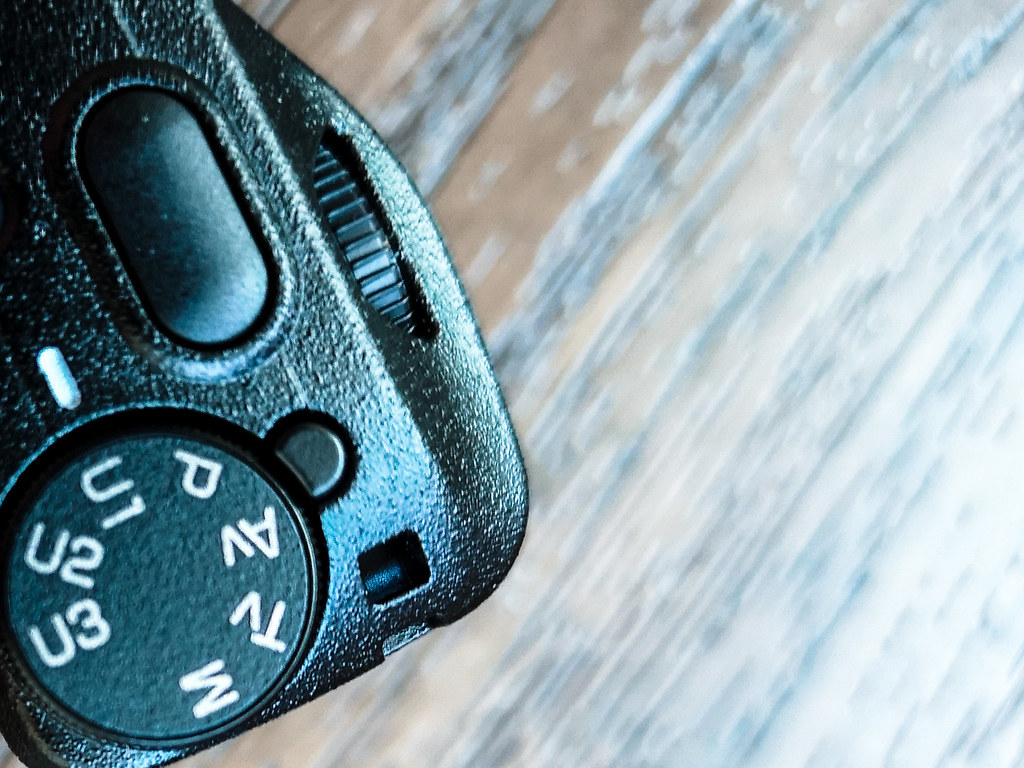
Like all street shooter cameras should be, controls should be logical and simple and the GR III gains in this aspect with a main wheel for the main shooting modes which is locked in place until the unlock button is depressed (good job there).
Pressing the Adj. dial inwards allows one to quickly adjust five different settings menus that are commonly used. Press it to alter by default the Image Control, Focus, Exposure Metering, File Format and Outdoor View settings. Even better, the Adj. menu is completely customisable – allowing you to control exactly what you want quick access to, and you also set the Adj. dial to control the ISO speed by pressing left/right. I set mine to adjust for exposure compensation.
In-camera RAW editing are also available, aka – no worries about shooting in the incorrect filters or white balance anymore. The overall menu system is a simplistic logical layered approach with a very good set of adjustments down to the brightness of the LCD to counter reflection under bright daylight.

5. And the last compelling reason, the image quality that has made the GR a cult classic has not only been retained, but is now better, true to Ricoh’s words of that the GR III’s imaging potential is the best it has ever managed to produce and I will be most humble to share some of the images I’ve shot on the GR III in the last 24 hours with it.
Disclaimer.
- All images (including those of the camera) shared here were photographed by me and edited in Lightroom to my preferences. I worked with the DNG files during my edits.
- Na, no one paid me to write this all. APD – Audio and Photo Distributor (F.E) (the Singapore local distributor) didn’t, and this GR III was bought and paid for by myself.
here we go!




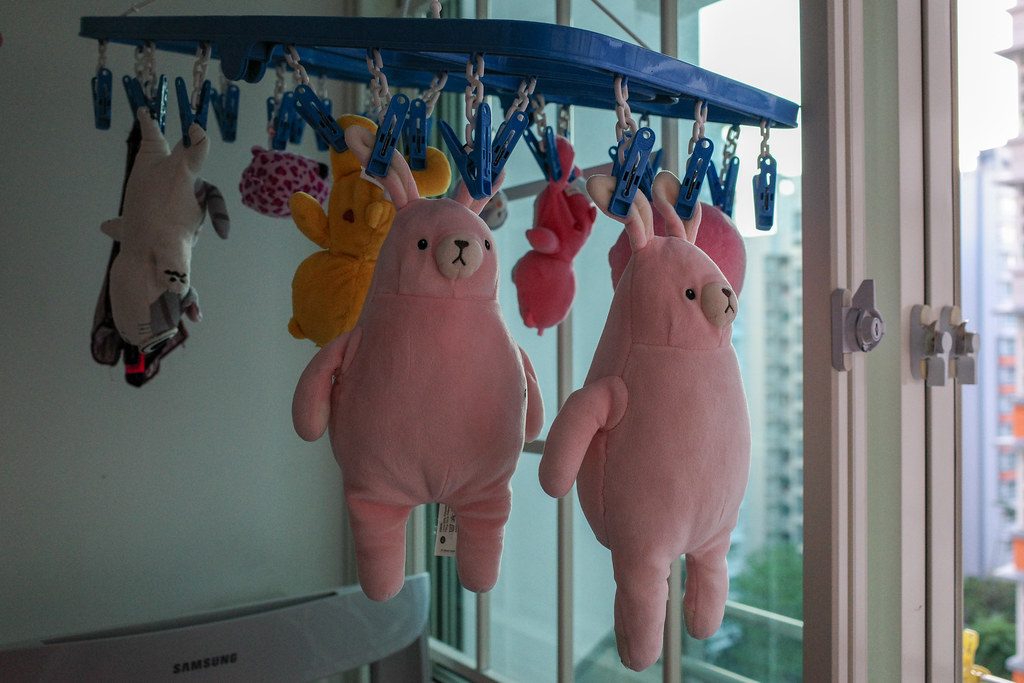




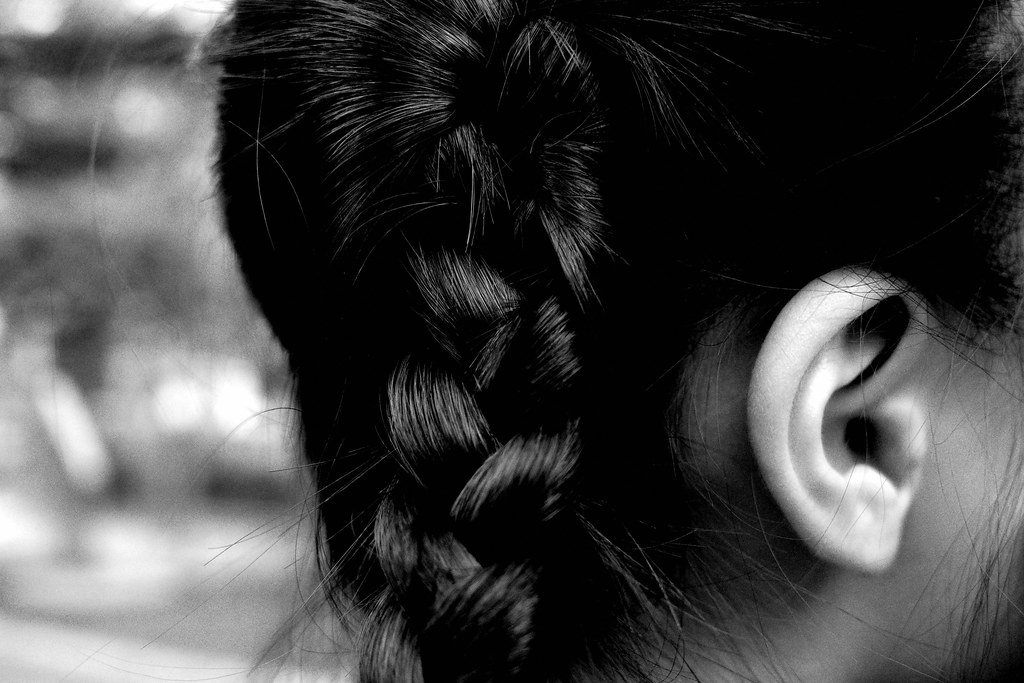


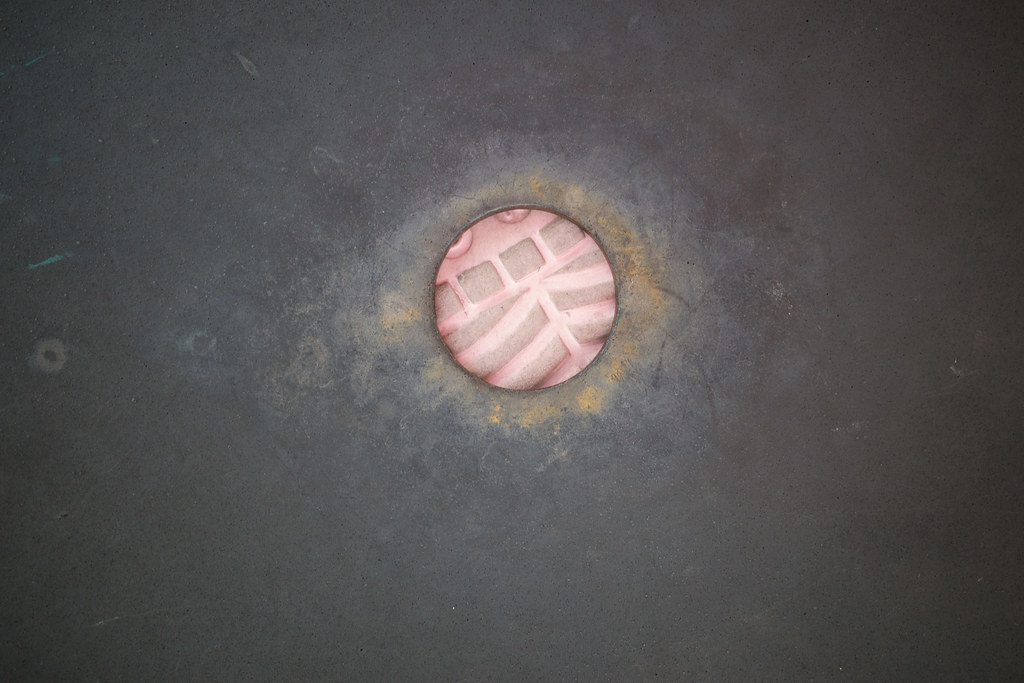
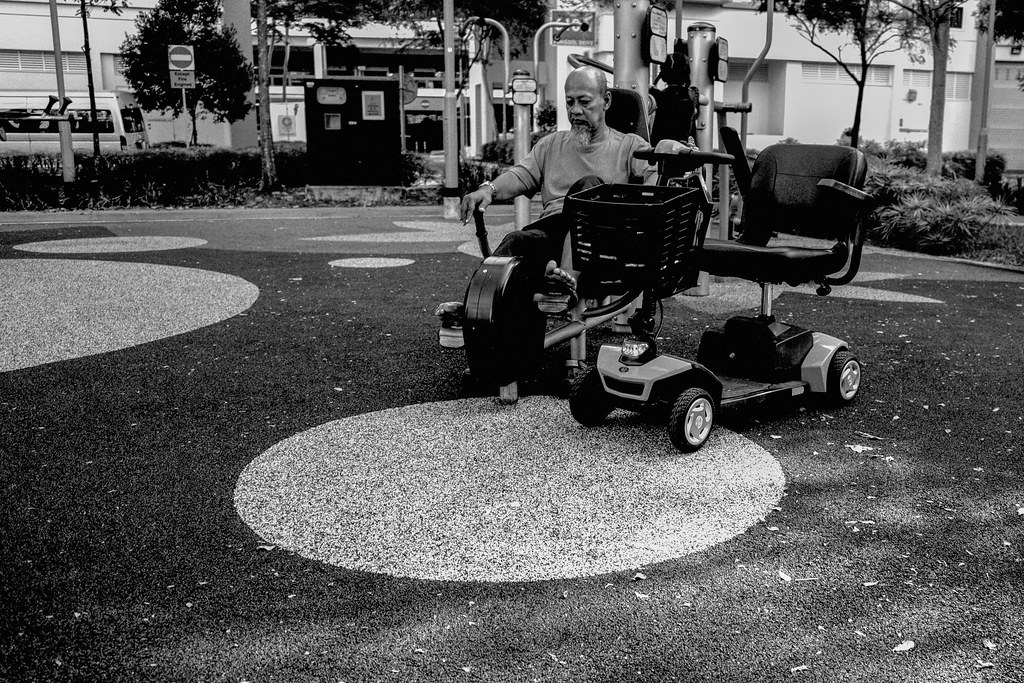
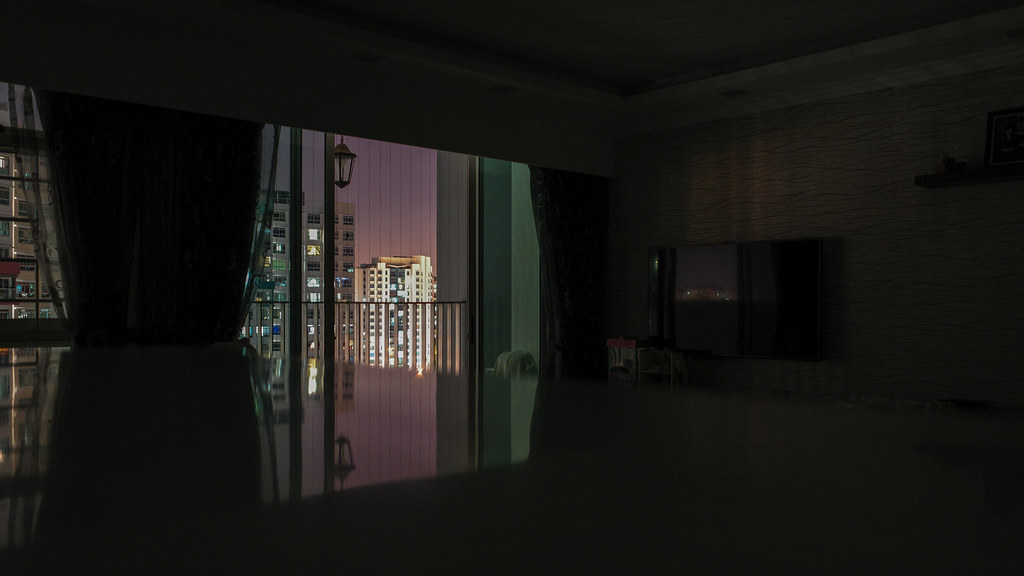

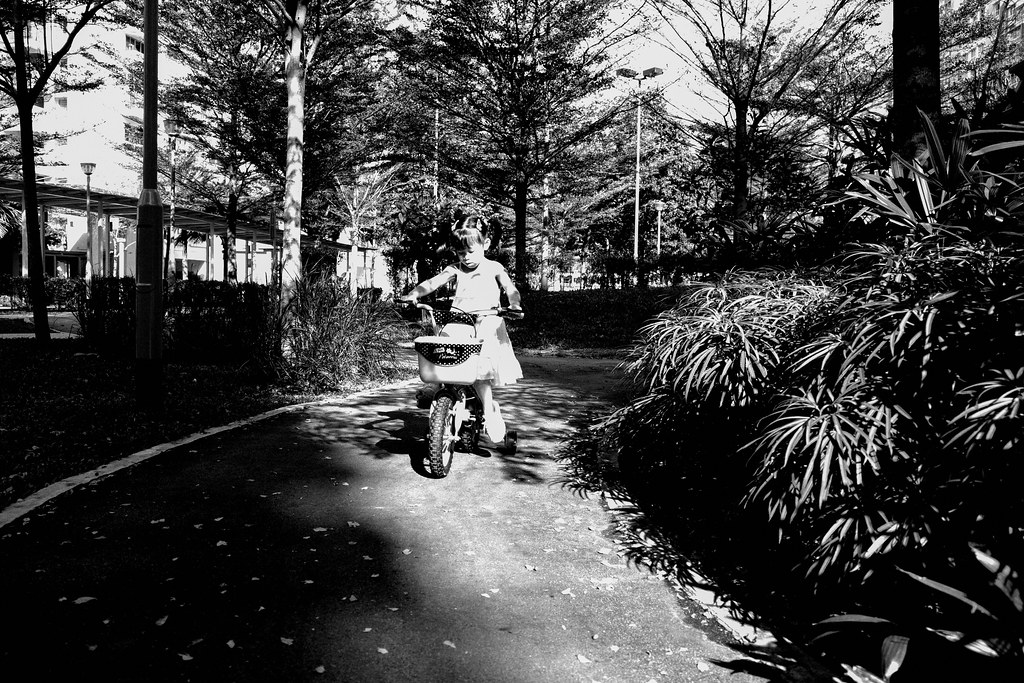
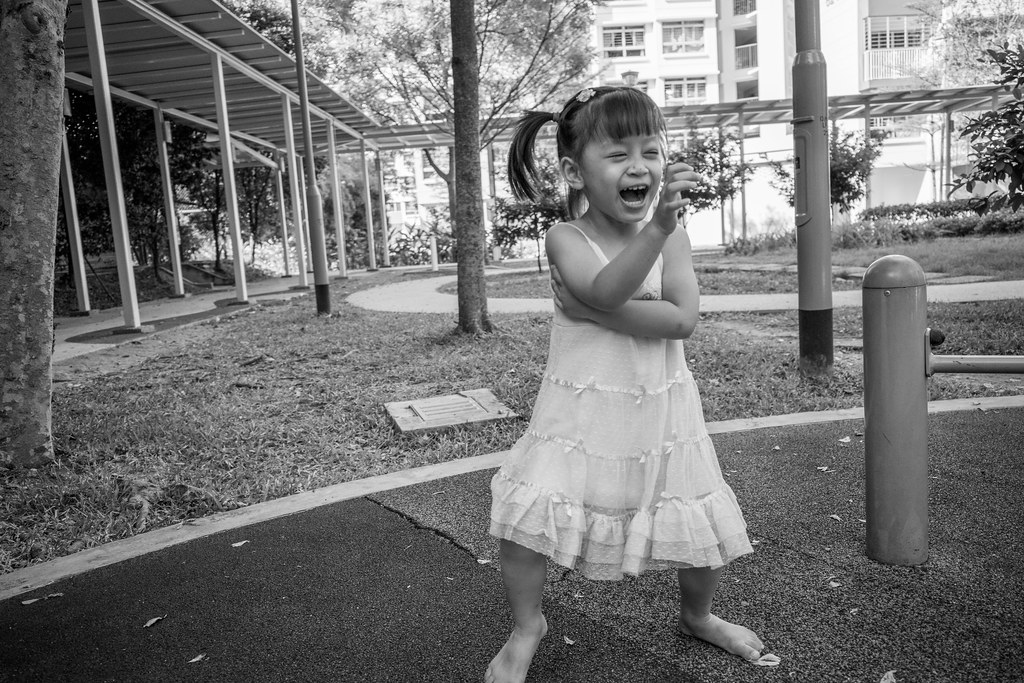


Conclusion:
Personally, the new GR III once again delivers what made the GR series great. ISO values from 100 all the way to 6400 are very usable with the higher settings up to 12,800 pretty usable for small prints and monochrome shots. Camera controls, menus, speed and performance are all easily an upgrade over the GR II.
The GR III may not have one drooling over its design lines like the Fujifilm X100F, Olympus Pen F or the Leica Q but it is a street camera – supposed and designed to be discreet and lovely in that it is still all so pocketable.
There are of course things to pick on the GR III for like the lack of 4k video, built in flash and a shorter battery life but this 2019 GR represents the significant upgrade die-hard GR-series fans will love and have waited long for and I am sure this alone ensures that this classic will endure – even with the many camera releases of 2019.
Thank you for reading.
Update:
Ricoh has announced that some sets of the GR III may be affected by a wobbly/oversensitive control dial. Hence if you are in the list of listed serial numbers, it may be good to contact your local Ricoh service centre.
Affected serial numbers are:
- 0010046 to 0022290
- 2010043 to 2012044
- 3010045 to 3010544
- 4010041 to 4010230




Thanks for the honest review.
LikeLike
Thank you 🙂
LikeLike
How would the Ricoh compare with the Sony Rx100 in terms of image quality? Does the small apsc produce better images than a 1 inch sensor point n shoot?
Amateurish question! Sorry
LikeLike
hi, I will assume the RX100 here refers to the latest generation, the RX100VI though personally I prefer the RX100V over the RX100VI as the V version packs a faster lens.
There are a lot of ways to compare but since you mentioned IQ, let’s focus on that. On sensor size alone, the APSC sized sensor on the GR III is around 300% larger than the 1 inch sensor on the RX100VI even as both cameras are almost the same size, giving the GR III an advantage of significant amount of more light captured and obviously better bokeh too.
However the RX100VI has a zoom lens, going from 24-200mm which makes it more flexible as a camera, video capabilities wise, a smaller sensor allows the RX100 to record 4k with really good capabilities over the GR III which doesn’t.
It does have to go back to what one wishes to do with the camera. (video? still? tilt screen? zoom? etc)
Lastly cost wise, the RX100VI seems to be around 30% more expensive than the GR III also.
LikeLike
Hey Keith,
Thanks for the review, how would you compare this to the Fuji XF10? Would it be classified in the same category?
After testing both, which do you prefer?
LikeLiked by 1 person
Hi Ash, the GR III and XF10 are cameras with very similar design philosophies and yup , down to their lenses both at 28/2.8 and both carry APSC sensors.
Performance wise the GR III does focus a little tad faster but one isn’t like to feel it in daily usage while the images from the XF10 generally are good to use straight from the camera (I mostly had to edit the GR’s images a bit).
I can’t really say which is the one I prefer more as both have their strengths and especially if u shoot in B&W often the GR will appeal to u while if u prefer really beautiful JPEGs out of camera the XF10 may appeal to u more.
LikeLiked by 1 person
Hi Keith, I’m in the market for a GRlll for days when I am out about without my Fujifilm XPro2. From what I have read so far, I think the min close focus distance is 6cm and not 10cm as mentioned by you. According to Ricoh’s website, it says the imaging app will add GRlll functionality in April.
LikeLike
Hi John, it’s correct the min focusing distance is 6cm but only in macro mode. I mentioned 10cm as that’s for the standard mode of shooting & guesses the spec readers will definitely read about the 6cm sooner or later 🙂 thanks for the update, it seems to be end of April soon. Currently there’s also 2 paid apps that allow us to do this too should one can’t bear to wait.
LikeLike
I was also wondering about the app and wifi.. Ricoh published that the app will be updated to support the GRIII at the end of April
LikeLike
Yup, if in a rush there seems to be two other paid for apps that can do the transfer too.
LikeLike
So tough to decide… XF10 or GRIII.. I’ve owned X70 and GRII previously, and regretted letting them both go. The price point of the Fuji is compelling. I’ll perhaps wait until my trip to Singapore in June to make up my mind…
LikeLike
Hi, share your decision later 🙂
LikeLike
In the end it was neither!!! I picked up a refurbished X-E3 and 23mm direct from Fuji for less than the GRIII. Not exactly pocketable but a magic small walkabout, and interchangeable and solid.
LikeLike
So as loads of other people here, I’m torn between this camera and another, namely the x100f… I know there’s an excellent video of Samuel L. Streetlife on YouTube converting that but I’m looking for a bit more insight…
Do you have any tip that would help me decide ?
LikeLike
Hi, I’ve both cameras & using both. Frankly the X100F does focus faster than the GRIII , but to me the defining factors are the presence of the EVF on the X100F or the smaller compact size of the GR III. Colours wise the Fuji does a better job while the GR produces better B&W.
The X100F does sport a more robust build but also costs significantly more if these points can help a bit
LikeLike
that was a great review, thanks!
LikeLike
Thank you for the kind words 🙂
LikeLike
Great review. I have a X100F and might be planning to purchase the GRIII. is the weak battery life any issue on an average day? How fast does the USB charging work? Can one mount an 28mm optical viewfinder of reasonable quality and switch off the back panel view to save battery life?
LikeLike
Hi, thank you for dropping by. The battery life on the X100F is just very slightly better 🙂 I generally will not prefer usb charging (worried about batt bloating) and yes, I did mount a 21/28mm OVF on my GR and it did great in conserving batt life.
LikeLike
Hi Keith
Just came across your site. Fantastic work. I see you have the X-E review. I had the X2 which is the same camera and there is something that about the colour rendering that I have a soft spot for when i look at old photos. I have the GR III and I love it as a modern camera but I just don’t get the same rendering. Call me crazy but somehow I want an X2 again. Am I nuts ?
LikeLike
Hi Ming, haha I understand where you are coming from. The X2 despite its age still presents images that holds its own in today’s world and obviously the lens on the X2 is steps ahead of the lens of the GR III. Not nuts , as it kinda shows that u have reached a stage where u know what u really want instead of blindly chasing fads.
LikeLike
Hello Keith. I chanced upon your review after purchasing a GRiii today. It’s telling that majority of camera reviews or gear reviews to speak more broadly, include comparisons to other gear. Much of what a person requires or demands from cameras is indeed subjective. I for one purchased a GRiii for the simple reasons of it being an unobtrusive camera which produces startlingly good images as only exemplified in your review. I don’t remember an Acros film simulation looking as good as these black and white images. I predict that I will use the GRiii a lot more than my Fujifilm camera bodies or my Q2 for daily use. I had the simple pleasure of purchasing the GRiii without being unencumbered by specifications or the fact it won’t do landscapes. But what it can do it will do undoubtably well. And therein lies the joy.
LikeLiked by 1 person
Hi Gireesh, thank you for sharing and I agree with the points your shared. Specifications may guide choices but end of the day they don’t really speak of the enjoyment or experience one might get from the camera 😉. And yes, I have not seen any black and white rendering that is better than GR’s yet.
LikeLike
Thank you for your kind reply Keith and keep safe.
LikeLike